Despite the name, micro schools have big aspirations
The Humanist Academy is an Acton-affiliated micro school that opened up two years ago in Irving. Acton-affiliated micro schools utilize concepts such as the Socratic method and the hero’s journey to teach students values essential to learning.
IRVING – The white tiles are familiar, as are the painted green walls. A large poster of smiling children hangs in the small lobby. The halls are narrow and just as unassuming as the outside of the building. The students take off their shoes before they enter the classrooms.
The Humanist Academy was only opened two years ago and is the first of its kind in the Dallas area.
Principal Vijay Shah calls the classrooms a sacred space, which is the reason shoes are not allowed in the rooms. From the outside, the building is small, and the sign says “KETHA RISE GROUP”, a vestige of the doctor’s office previously occupying the space.
In the right-side hallway, a small mudroom branches off into three classrooms. These are the only three for this purpose in the building. One for Montessori, and the others each for elementary and middle school classes. The Montessori looks exactly as a normal Montessori would — except the preschoolers learn the Cup Song to practice rhythm, one of the students’ main focuses this year.
There are no grades, age-dependent or otherwise. The only assignments given are to complete quests and projects entirely at their own pace.
“I don’t want to put kids in boxes,” Shah said. “I never understood why we have 20 kids who are all the same age and put them in a room together. It’s never like that in real life.”
Shah is determined to keep it as unrestrictive as possible, owing to the fact today’s schools are not reflective of the “real life” that he describes. His middle schoolers are required to perform an apprenticeship, and many of them have completed more than one by the time they are ready to attend high school.
To highlight the excellence of this program, Shah explains how one student went to London to intern with a food truck and another embarked on an animal rescue with a local veterinarian.
The aspects of The Humanist Academy utilize techniques that seem far more intrinsic to those in traditional American public or private schools.
The elementary school classroom prominently displays, in large letters, a single question: “Is truth discovered or created?”
At the turn of the decade, a revolution in education is just starting
Jeff and Laura Sandefer didn’t even know the term micro school existed when they started Acton Academy in Austin. In fact, they had not really considered Acton as a school, either; it was mostly just a change in learning for their two boys, Sam and Charlie.
Mr.Sandefer, a graduate of Harvard Business School, has won numerous awards in the field of education. As a Socratic business professor at the University of Texas at Austin, he and Laura brought in the best practices from the past, present and the future to form a comprehensive path for their children that promoted lifelong learning.
In 2009, the Sandefers rented a small house and with just seven students and started the first Acton Academy.
“My husband and I decided to create what we dreamed would be the ideal learning environment for our own children, who were two of those seven students when we started. [We wanted them to be] absolutely ready to thrive in the real world when they were set free from school at age 18 whether they went to college or not,” Mrs. Sandefer said.
Acton Academy does not claim to be much of anything it is not—it consists of “One-room schoolhouses for the 21st century,” as described by the school’s website.
Acton Academy partners with online programs such as Khan Academy and Think Through Math to bring interactivity to their students in self-paced learning. The school encourages students to pursue their own passions in order to change the world. They do this without putting pressure on the students by guiding them to try things at their own pace.
Although the reason they started was for their children, other parents soon asked if the Sandefers could make kits so they could bring the idea to their own hometowns.
“That’s what really started this,” Mrs. Sandefer said. “Basically an awakening or movement of parents taking charge and responsibility of their own children’s learning.”
Now, there are more than 100 Acton Academies around the world, including The Humanist Academy, which is an Acton-affiliated school. There are also schools in Guatemala, Malaysia. Dubai, Brazil and India. This explosion is just getting started.
A reason for everything
The methods the Sandefers first used had already been extensively researched and were tried-and-true by many educators before them.
For example, American public school students might recognize the term “Socratic seminar” —an activity where the students write down questions relevant to a certain topic and discuss them. However, the Socratic method takes this to a different level.
The method itself is derived from Greek beginnings. Also known as maieutics, it draws from debate and allows the students to learn and educate both themselves and their peers. In this way, Acton Academy and affiliated schools have a theme that drives learning throughout the year.
The questions are by no means easy to answer. This year, The Humanist Academy asks, “is truth discovered or created?” and last year, the learners explored the topic of what makes an individual powerful. Through the year, the students perform quests that allow them to further explore this topic and add depth to their own thinking. They do this entirely at their own pace; their learning is driven by their own curiosity. Over time, according to Shah and Mrs. Sandefer, these students learn to think for themselves.
“We typically allow the students to answer the questions themselves,” Shah said. “Many times, there won’t be a certain answer. I don’t even know the answer.”
Students are also accountable for their own actions. At the beginning of the year, the students in every class make a contract they sign; these are the only rules the class follows for the year.
The concepts are driven by holding learners accountable. For example, Shah describes a student council that judges violations of contract and what kind of consequences should be administered.
In addition, for every quest the students complete, they must also finish a project that will be showcased. They evaluate their work based on a set of simple questions: “Is this my best work? Is this better than my previous work? How does this compare to a world-class example? Is this ready for public exhibition?”
The parents are then invited to a public exhibition where they can view their child’s work across multiple examples.
Such a show encourages the students to prove not only to others but to themselves that they are capable of producing an end product that can compare to higher-level thinking. And, similar to an art show, it only exhibits their best results.
Public schools catching up
Although micro schools are a variation of America’s traditional private schools, they offer some very different opportunities for students.
The much smaller classrooms and combined age groups allow students to interact with peers who are much older or younger than them, a concept that is critical to working-class citizens.
“Micro schools are uniquely suited to innovate because they’re small enough to be flexible,” said Heather Staker, founder of Ready to Blend, a company that aims to help teachers integrate blended learning techniques into their classrooms. “And just because their size gives them an advantage over these comprehensive public schools that sometimes get locked in your bureaucratic systems and they’re difficult to change in these rigid systems.”
One example of such innovation was QuantumCamp, one of the early micro schools in the U.S., which was founded out of a dare that someone couldn’t teach quantum physics in a simple way. But in winter 2009, the founders released a course that could be taught to children as young as 12. Soon after, they developed a complete math and science curriculum for children grades one through eight.
Despite the allure, micro schools have long held a deterrence in the eyes of parents who wanted everything that a school had to offer.
“The main reason micro schools were popular in the past was because students felt like they wanted to go to a large comprehensive school that had a variety of electives, and had every AP and every possible language and strong sports teams,” Staker said.
However, Staker explains, the Internet had made it possible to “hack together your education” and to offer many of the electives and languages that a public or private school with more funding could.
Many people have caught on to the trend. Sal Khan, founder of Khan Academy, started his own micro school in 2014 called The Khan Lab School.
“Here it’s different from my old school because you’re doing your own playlist, and you have more projects,” Isabella, now 14, said to EducationNext in 2015, when she attended the school.
The students from The Humanist Academy echo her sentiments.
“I like it better here because I’m just more independent,” Adam* said.
The average micro school family, although paying significantly less than what they would at a traditional private school, still can most likely afford that amount of money. Micro schools typically do not teach students basic reading or numerical skills, so experts are eager to see how such unproven innovation is likely to hold up in a different demographic, such as communities that actually need a reduced education fee or may get a lower education.
Micro schools, for modern-day America, have become a symbol of innovation. And with a shattering price point, compared to many American private schools (Acton Academy starts at just under $10,000 a year), micro schools are offering an education almost unrivalled.
While gauging success based on such a small size is challenging (some micro schools sit at under 15 students a year), the growing number of micro schools that have popped up in the last decade alone are something to be said about the idea. There are even organizations such as Microschool Revolution and Build Your Own Micro-School that offer resources such as funding or action guides to help scale the idea.
“My prediction is that micro schools will grow quickly in the years to come,” Staker said.
*Note: Real name was not used.
Follow Neha on Twitter @nehades_
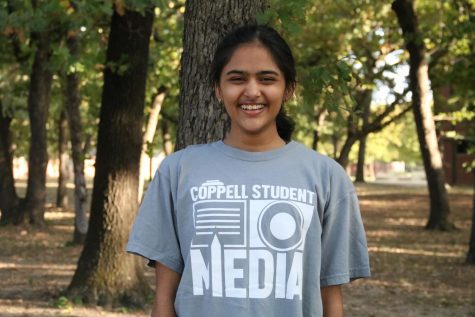
Neha Desaraju is a senior and the entertainment editor for The Sidekick. Usually she writes things, sometimes she codes things, and occasionally she designs...
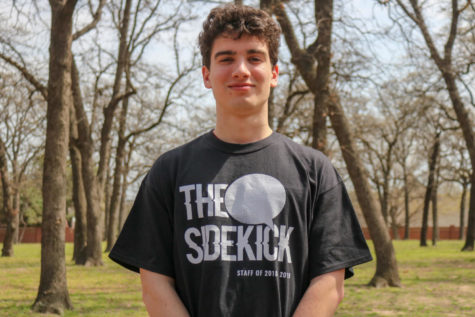
Carson Allen is a first year staff member and is a graphic designer. He has been in both Graphic Design I and II with Ms. Wolfe. He enjoys playing video...




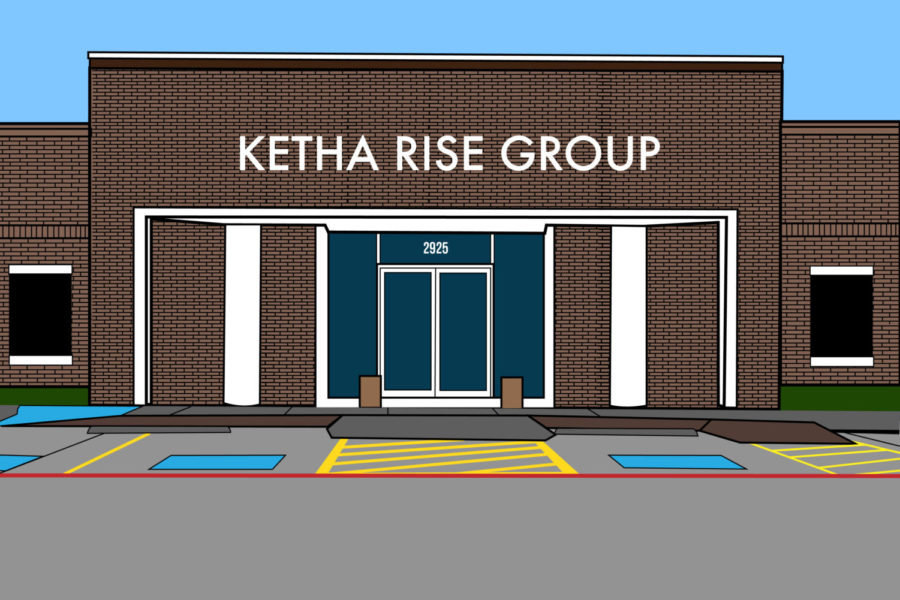
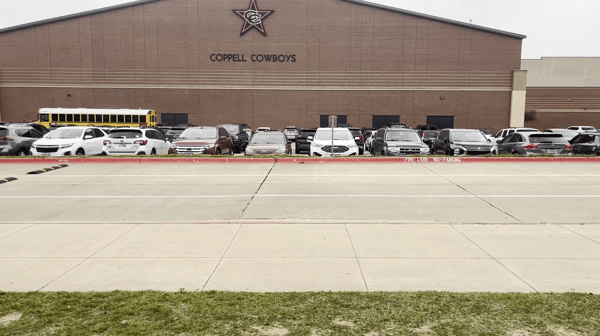


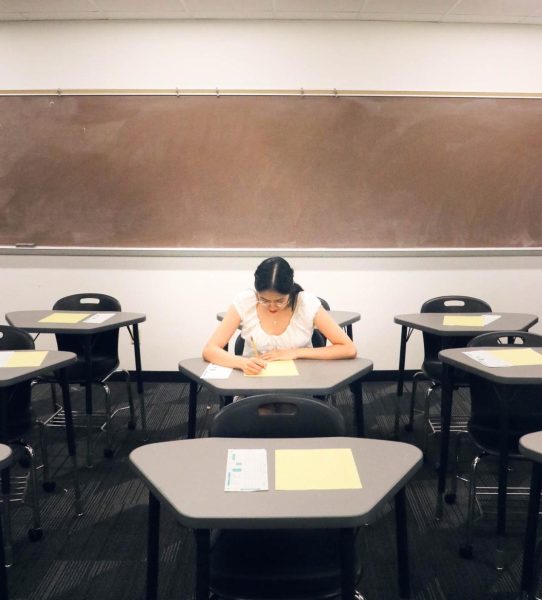
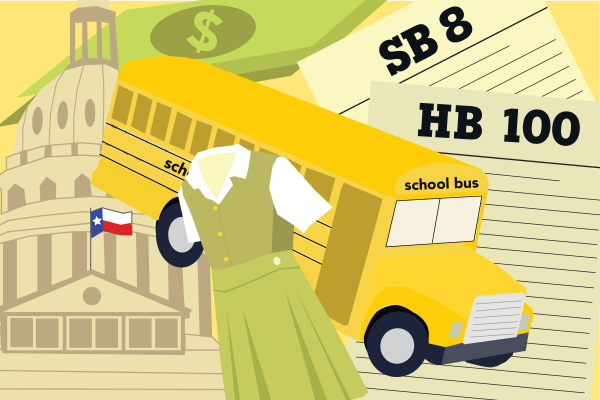

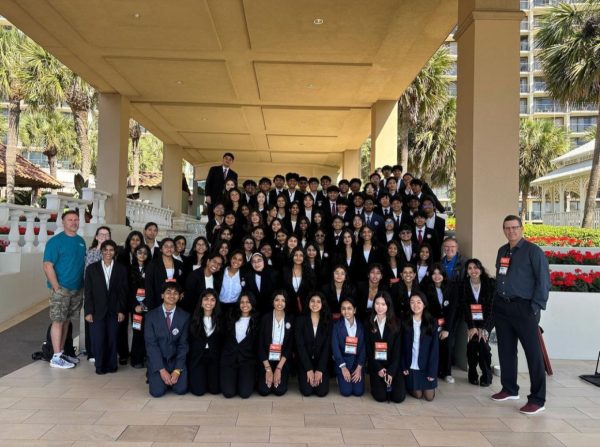


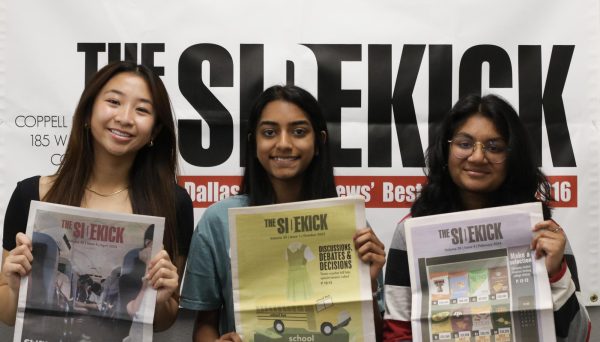
Chintan Thakkar • Mar 14, 2019 at 9:11 pm
Nice job Neha! I love the flow of the article, it very clearly explained all the major components of Acton Philosophy. I would recommend a better image more representative of your article, maybe some Acton students doing something unique to their school? Otherwise, great work. I also love the fact that you went out of your way to do a comprehensive research by involving Heather Staker and other outside references. Nice Job! Keep up the good work!
Mary C McGregor • Mar 9, 2019 at 5:02 pm
Excellent review Neha! I am one of the Montessori Guides at the Humanist Academy. Mr. Vijay shared your article with the staff. Thank you for an uplifting review.
Ms. Mary
G • Mar 9, 2019 at 8:02 am
Great article, how did you hear about the school?
Laura Sandefer • Mar 9, 2019 at 6:44 am
Such a well-written piece! Thank you for your professionalism!
Amber Hussain • Mar 9, 2019 at 6:28 am
I’m a parent at Humanist Academy – and I’ve tried many times to explain the school and concept. You’ve done it with such relatable ease, and great flow. I’ll be sharing this article on my social media and with friends and family. Throughout the article I kept forgetting this was written by a 15 year old – you, frankly, write better than many journalists out there – especially in this world obsessed with fast media and content. Please keep pursuing this passion- you have a gift! Bravo!